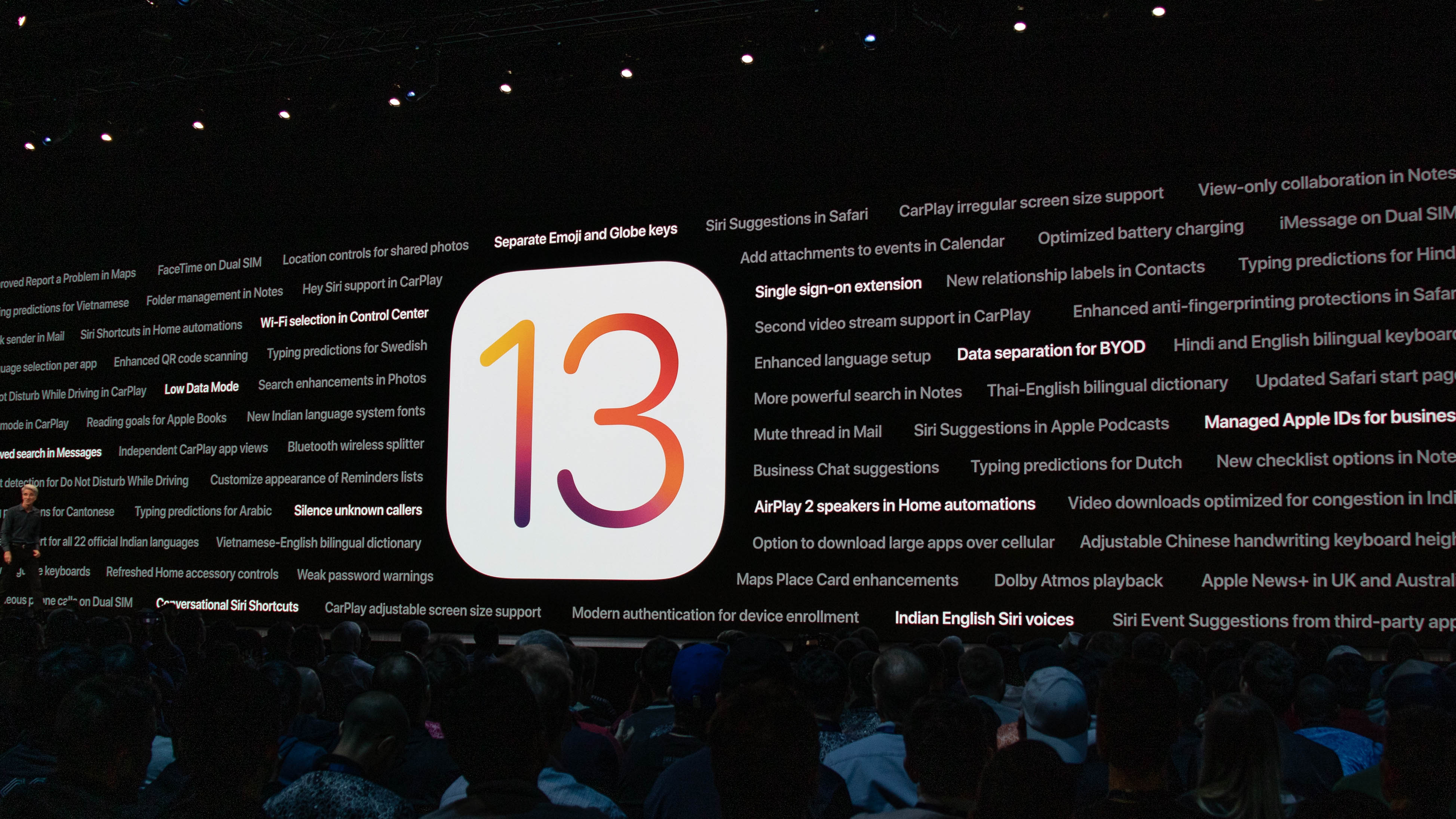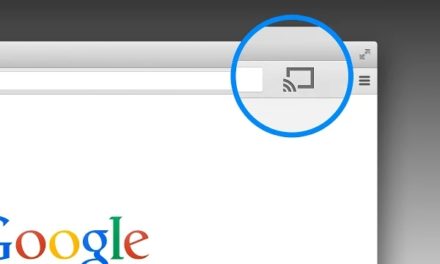
iOS 13: release date and features list
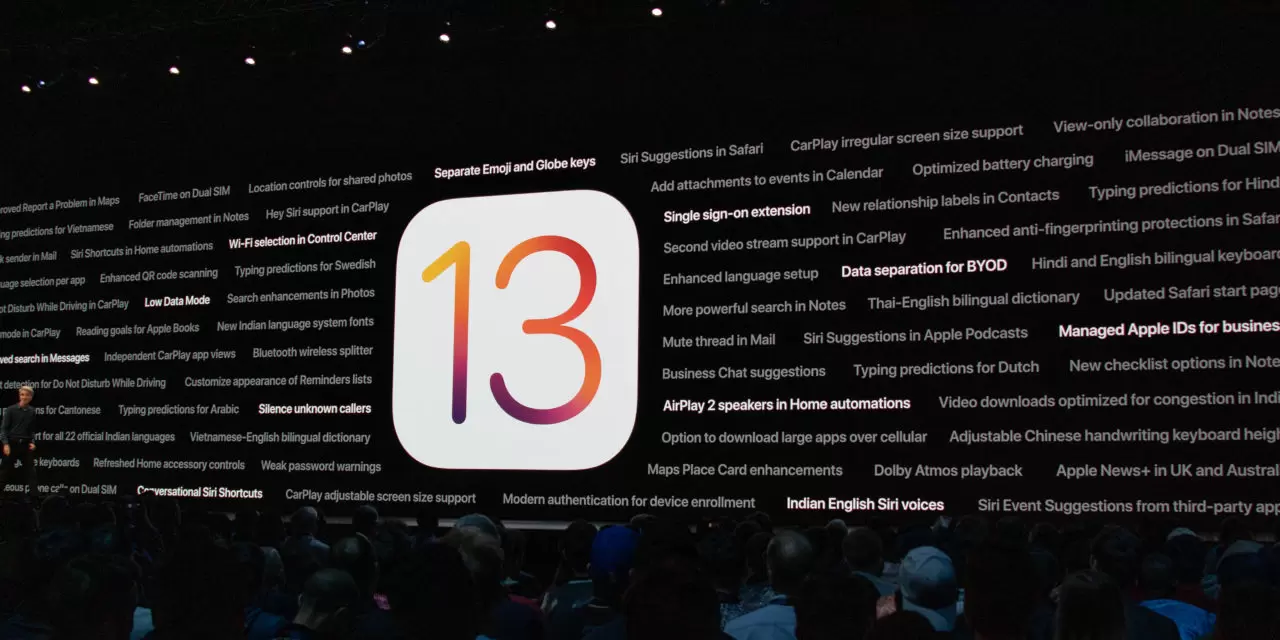
The iOS 13 release date is next week, and it’s Apple’s way of updating the software on your existing iPhone, even if you don’t plan on upgrading to a new device.
When it launches on Thursday, September 19 – one day ahead of the official iPhone 11 and iPhone 11 Pro series release date – your old iPhone will change for the better.
Sure, the iOS 13 update played second fiddle to new hardware at Apple launch event – the official release date wasn’t even mentioned on stage. But it’ll be big news soon.
That’s because the new iOS 13 features are coming to a lot of new iPhones out there, specifically every iPhone since the iPhone 6S. A lot of people will benefit from it.
You don’t have to wait to get iOS 13, as the public beta, launched in late June, is still available to download. We have instructions on how to download and install it with a step-by-step video below.
- We’ve touched it! Check out our hands-on iPhone 11 review
- Need a bigger new iPhone? Read our hands-on iPhone 11 Pro review
Video: How to download iOS 13 right now (without having to wait):
What are the new iOS 13 features? Is is worth jumping through hoops to get iOS 13 early? It really depends on how badly you want to experience the new Dark Mode.
Dark Mode the standout iOS 13 feature in 2019 – it inverts those bright white-screen backgrounds with more black and dark gray hues, making the display easier to read at night. It’s a difference maker in your day-to-day or night-to-night iPhone use.
The new QuickPath swipe keyboard is a big highlight too, and the new ways to edit photos has made us open Lightroom a lot less. It’s plenty powerful compared to the native photo and video editing tools of iOS 12.4.
Note: iOS 13 is strictly for the iPhone (and iPod Touch). iPadOS is debuting for iPad with exclusive productivity features for the bigger tablet screen on September 30.
Video: The best iOS 13 features we’ve tested so far:
iOS 13 release date and time
- iOS 13 release date: Thursday, September 19 (usually after 10am PST)
- iOS 13 golden master version: It’s out now for beta testers
- iPadOS comes out later: Monday, September 30
- You can still download the iOS 13 beta right now
The official iOS 13 release date is Thursday, September 19, a little over three months after the first beta in which we got to test out the software early.
The iOS 13 release date is later than usual. Apple has previously launched its mobile operating update on the Monday or Tuesday following its new iPhone launch event.
But you don’t have to wait until then, technically – the iOS 13 public beta is still out there and has been through a few iterations after launching on June 24. It’s technically up to iOS 13.1… iOS 13 has been through a lot already, in fact.
Here’s the iOS 13 timeline as we saw it:
1. iOS 13 developer beta: First launched at WWDC 2019, this a version restricted to paid Apple developers, and initially required Xcode or macOS 10.15 to install. The second developer beta fixed that with an over-the-air (OTA) update. Simply put, it was not meant for average consumers, but for serious app developers.
2. iOS 13 public beta: Apple’s larger-scale features test began on June 24, and has gone through 8 versions, culminating, oddly, with a beta for iOS 13.1 (before iOS 13 is even out). The public beta is the version to download if you’re curious – it’s often a more refined version of the iOS developer beta, although it can still be rough, and never includes all of the features implemented in the final version of the software.
3. iOS 13 golden master: Out now, this is the final version of the iOS 13 software for beta testers. It has launched one week early and is very stable. it gives app makers nine days to adapt before the final software launches to the masses.
4. The official iOS 13 release date and time: Apple will launch the iOS 13 software in its final, stable form on Thursday, September 19. That’s just 24 hours ahead of the iPhone 11 delivery date.
5. What time will iOS 13 launch? Apple likes to time its new software updates for 10am PST (its local time in Cupertino), but that sometimes gets a bit delayed (see last year by 90 minutes), and it can slowly roll out to people, as everyone is trying to download it at once. Apples servers get jammed.
iOS 13 compatibility list
- iOS 13 requires iPhone 6S or later, iPad Air 2 or later, the new iPad mini 4 and iPhone SE
- It won’t come to older devices that support up to iOS 12: iPhone 5S, iPhone 6, iPhone 6 Plus, iPad Air, iPad mini 2 and mini 3
iOS 13 compatibility requires an iPhone or iPad from the last four years (depending on the device category). That means phones like the iPhone 6 won’t be getting iOS 13 – if you’ve got one of those devices you’ll be stuck with iOS 12 forever.
iOS 13 sheds several old devices (Image credit: Apple)
You’ll need an iPhone 6S or later, the iPad Air 2 or later, and the new iPad mini 4 or later, or the iPod touch 7th generation. No surprise, the new iPod Touch 7th gen is the only devices of its class that gets iOS 13 support.
The iPhone SE fits into an odd category, as it has iPhone 6 era specs, but came out after the iPhone 6S. Don’t worry, everyone’s favorite little iPhone will get iOS 13.
iOS 13 features exclusive to iPhone 11 phones
- Camera UI buttons / wheel toggle between ultra-wide and telephoto
- Holding photo shutter button captures video (no longer for burst photos)
- Front camera takes wide-angle selfies in landscape, 4K60fps video and ‘Slofies’
We thought we knew all about iOS 13 in June, but it turns out there were a few new features geared toward the newly announced iPhone 11 phones.
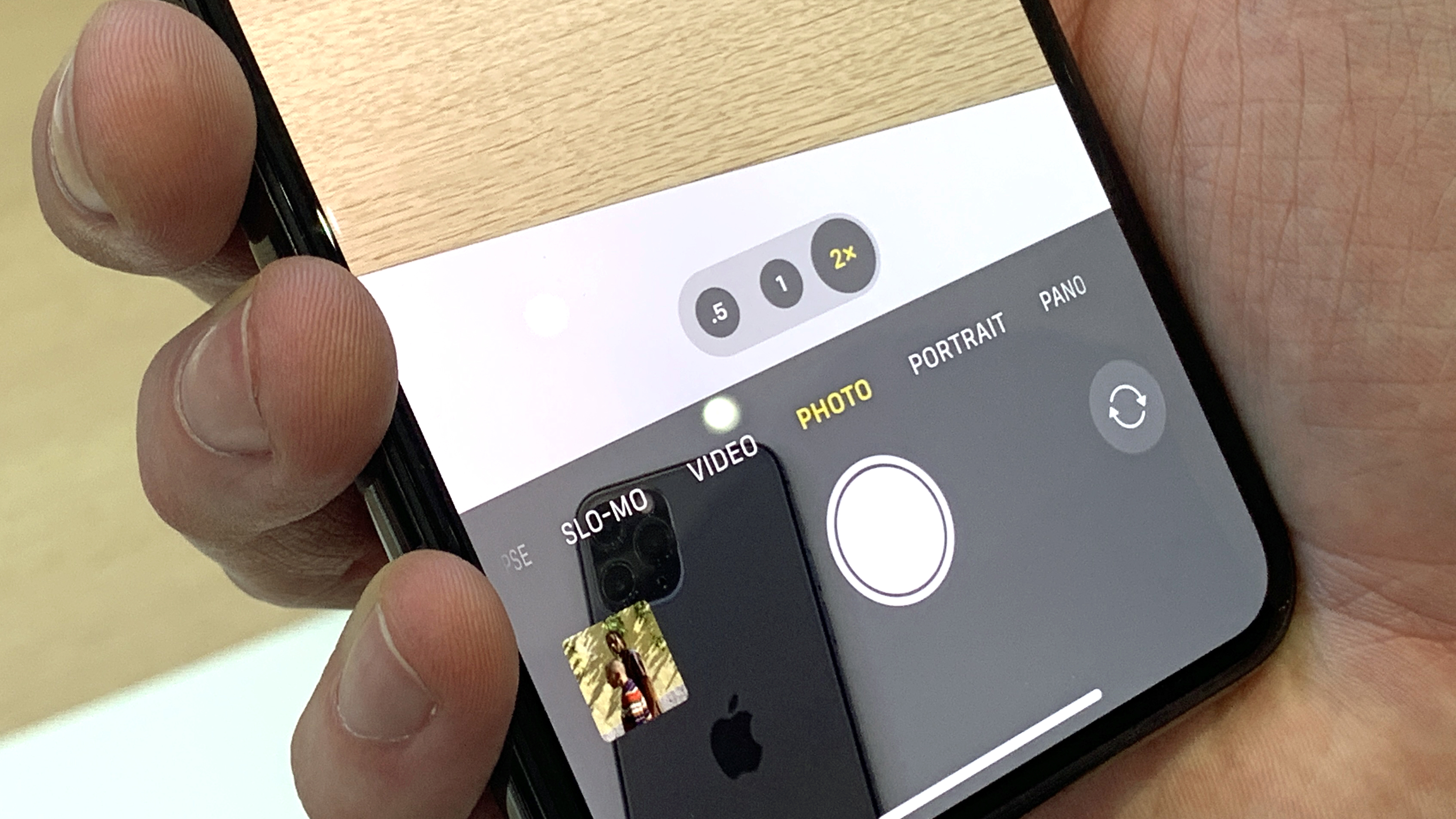
Since the iPhone 11, 11 Pro and 11 Pro Max are almost all about the new cameras, the iOS 13 software lends itself to the new ultra-wide lens and special night mode.
Switching between the cameras lenses (two lenses on the iPhone 11 and three on the iPhone 11 Pro series) is supposed to be seamless, with quick taps or a wheel to transition between zoomed-in and zoomed-out perspectives.
Holding down on the familiar shutter button in iOS 13 start recording video, akin to the Snapchat and Instagram UI. Apple claims it’s new handsets offer the highest-quality video ever in a smartphone, so it’s putting a big emphasis on how easy it is to shoot video. On any other iPhone running iOS 13, holding down the same shutter button captures burst photos.
The front TrueDepth camera on a iPhone 11 phones can capture wide-angle selfies when held in the landscape orientation, and record up to 4K60fps video. Before, we were all deprived with 1080p60fps selfie videos.
Sure to be the ire of everyone older than millennial age, you’re going to starting to see ‘Slofies’. Love it or hate it (because of the name), this iPhone 11-exclusive iOS 13 feature captures epic-looking slo-mo video from the front camera. It works best when you have long hair to capture in motion.
iOS 13 Dark Mode
- Overdue Dark Mode is coming to iOS 13 and iPadOS
- We saw macOS get a system-wide Dark Mode in 2018
- Shortcut to black-and-dark-gray UI lives in Control Center
Dark Mode in iOS 13 a system-wide, meaning it changes the hues from bright white and light grey to black and dark gray on all supported apps.
It’s a nice feature when you’re using your iPhone at night and want to avoid bright white hues shining in your face. It may also save battery life on the OLED-equipped iPhones, from the iPhone X onward. Apple didn’t talk about this at all, but we know that OLED displays essentially ‘turn off’ pixels when rendering blacks.
Turning on iOS 13 Dark Mode can be done in Control Center inside the Display slider (right next to the Night Shift and True Tone toggle), according to Apple, or you can set it automatically to turn on at night through a schedule or custom time.
The yellow-tinting Night Shift mode finally gets a bright-light dimming companion, and a lot of people couldn’t be happier.
iOS 13 offers ‘FaceTime attention correction’
This is an interesting one. There’s now an option for FaceTime Attention Correction, and it’s as wild as it sounds.
What does it do exactly? It makes it so that it appears as if you’re looking straight into the front-facing camera during a FaceTime video call, when you’re actually looking at the adjacent screen. That distracted look could be a thing of the past soon.
iOS 13 on iPad is iPadOS, and it’s a big change
Some of the biggest changes for iOS 13 on the iPad are actually coming in an update called iPadOS. Apple is signaling that the iPad needs its own platform.
That means big improvements to your iPad workflow, starting with the home screen redesign. Pinned Widgets, as we predicted in our iOS 13 rumors roundup, lets you add widgets from the Today View screen (that left-mode screen on your iPhone and iPad). So far, it’s iPad-exclusive, and not coming to iOS13 for the iPhone.
Slide Over lets you have multiple apps open and cycle through them like rolodex. You can also fan to preview them all at once with a swipe gesture, kind of like the recents menu on many phones and tablets. It’s multi-tasking made easier.
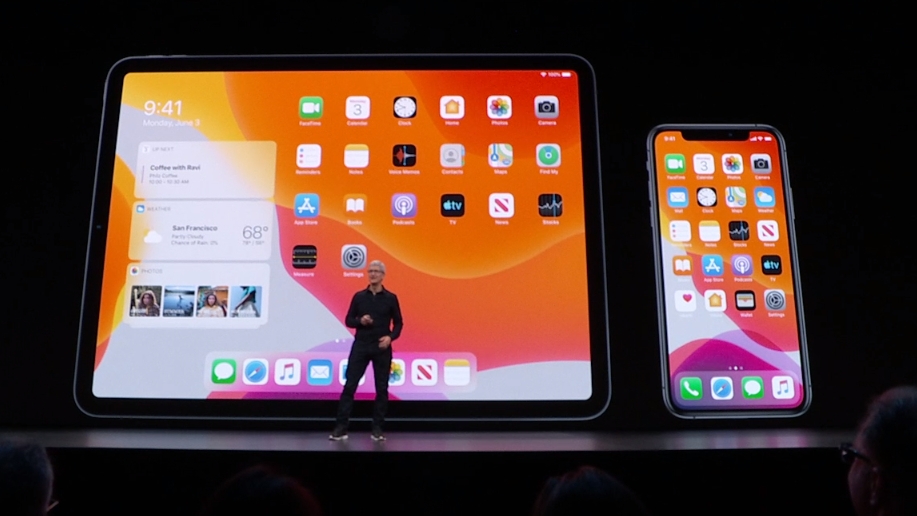
Split View has been enhanced to let you open one app on both sides of the screen (it wasn’t possible before), and Apple demoed this by showing Notes side-by-side with Notes. You can also pair an app with more than one app – so now Safari can be paired with Pages in one space and Safari can be paired with Mail in another.
App Expose is new to the iPad software, letting you see all of the space you have open. There’s an App Expose icon on the Dock, requiring only a single press to get into the convenient overview mode.
New copy, paste and undo gestures are coming to iPadOS. Three fingers scrunched down was shown to copy text, three fingers expanding (in the opposite direction) dropped the text on the page, and sliding three fingers across the screen undid the last action. We’ll have to see how this performs when the software lands.
Apple’s keyboard can float around the screen in a smaller form, and it’s debuting a swiping gesture keyboard, which it calls QuickPath Typing. There are also more keyboard shortcuts (a lack of shortcuts was a complaint we had about previous iOS versions).
There are actually too many iPadOS changes to detail here in the iOS 13 explainer, so we’ve spun the full rundown off into a separate iPadOS release date, news and features article.
iOS 13 features a QuickPath keyboard
With iOS 13, Apple’s default QuickType keyboard will be incorporating swipe-to-type, a popular way of sliding across the keyboard to form words. We’ve used this in prior iOS keyboard extensions like Google’s Gboard and SwiftKey.
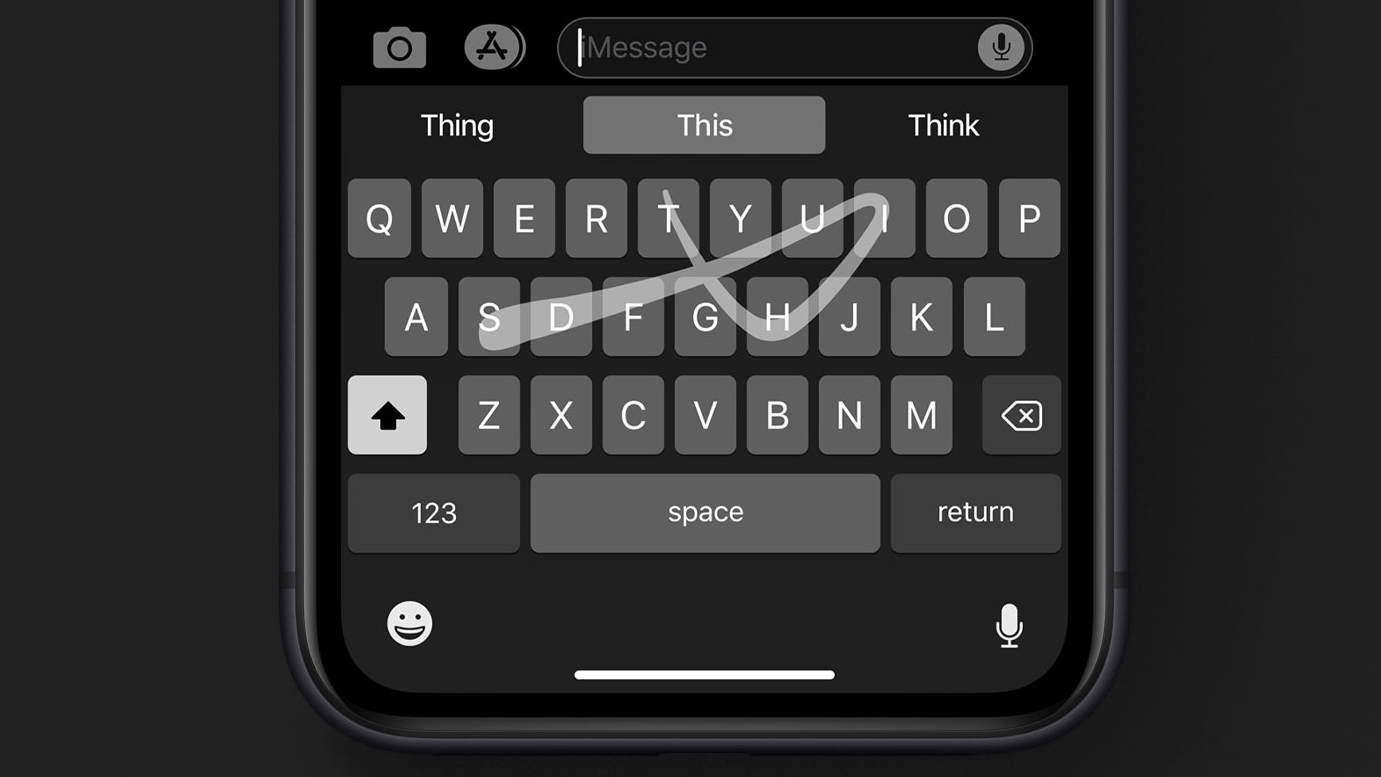
Here’s QuickPath keyboard in action (Image credit: Apple)
You can use the QuickType and QuickPath methods of typing interchangeably, and so far supported languages include English, Simplified Chinese, Spanish, German, French, Italian, and Portuguese is now included.
iOS 13 debuts new ‘Find My’ app
Apple combined Find My Friends and Find My iPhone in iOS 13, and the union lets you locate your friends and missing gadgets with a faster, easier-to-use interface.
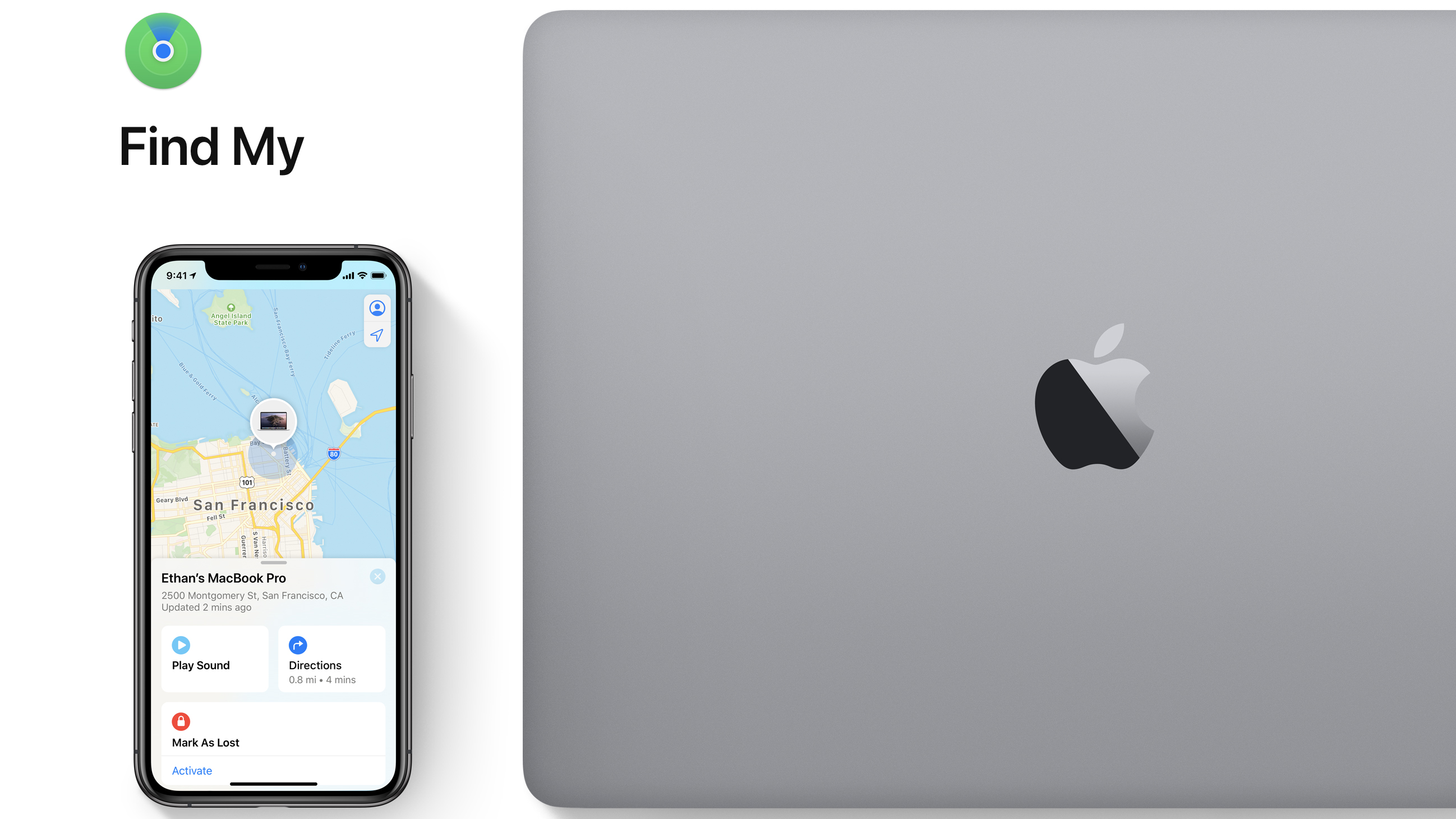
Find My iPhone and Find My Friends come together in one app (Image credit: Apple)
What’s really neat is that it use a crowd-sourced encrypted Bluetooth signal to help you track down devices that aren’t connected to Wi-Fi or cellular. That’s mostly a big help for Macs, but it could also help with an iPhone in rare cases, too.
Best of all, while Find My Friends didn’t always work for us, Apple seems to be making a bigger push to get location tracking right with this new iOS 13 app now in the limelight.
iOS 13 makes your old iPhone faster, last longer
More people are holding onto their iPhones for longer, and that’s something Apple seems to recognize – and the company is speeding up iOS 13 to accommodate them.
The most important iOS 13 stats: app launch speed is up to twice as fast according to Apple, and Face ID unlocking will be 30% faster than before. Apple also found a way to make app downloads smaller, up to 60% on average; iOS 12 gave us a faster update, and iOS 13 looks to build upon that.
Battery life is also something Apple is tackling this year. Its aim is to slow the rate of battery aging by reducing the time your iPhone spends fully charged. iOS 13 is supposed to learn from your daily charging routine so it can wait to finish charging past 80% until you need to use it.
Reminders gets a big overhaul
Of all the built-in apps, Reminders has gotten the biggest iOS revamp. It’s better organized, and includes shortcuts that make it easier to add reminders.
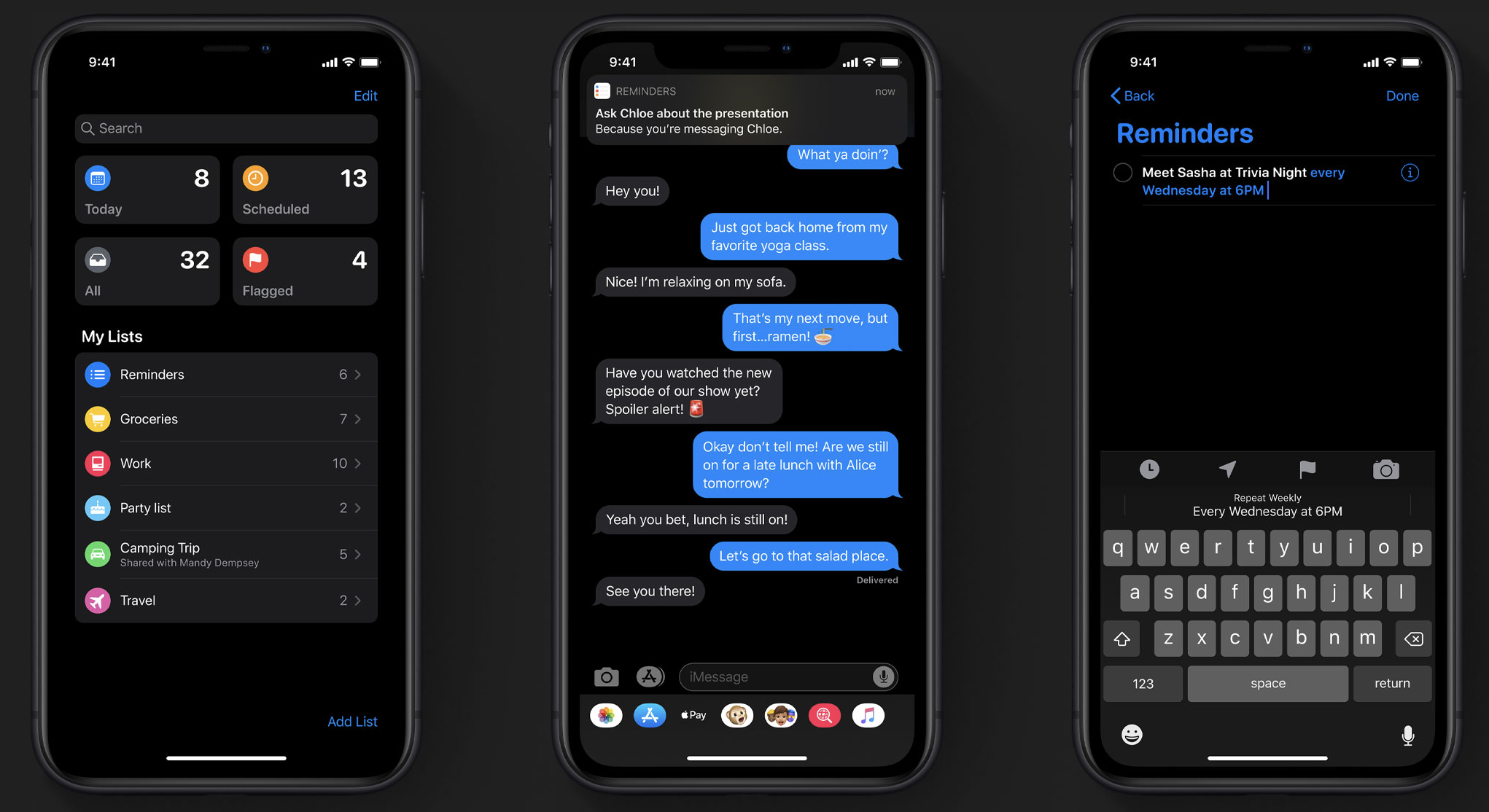
Reminders has gotten the freshest reimagining among iOS 13 apps (Image credit: Apple)
Big, color-coded buttons for Today, Scheduled, All and Flagged categories offer you a better oversight of your pressing tasks, while the keyboard when you’re in this app has a top-line Quick Toolbar that acts as a shortcut to easily add times, dates, locations, flags, photos and scanned documents.
Making plans in Messages? Siri will step in to suggest reminders that can be created, like a personal assistant who chimes in at all the right times.
Camera and Portrait Mode changes
The iOS 13 offers important changes to camera features, starting with enabling you to change the intensity of light in Portrait Mode, which is something we’ve wanted for a while. Portrait mode is also getting a new monochromatic effect called High‑Key Mono.
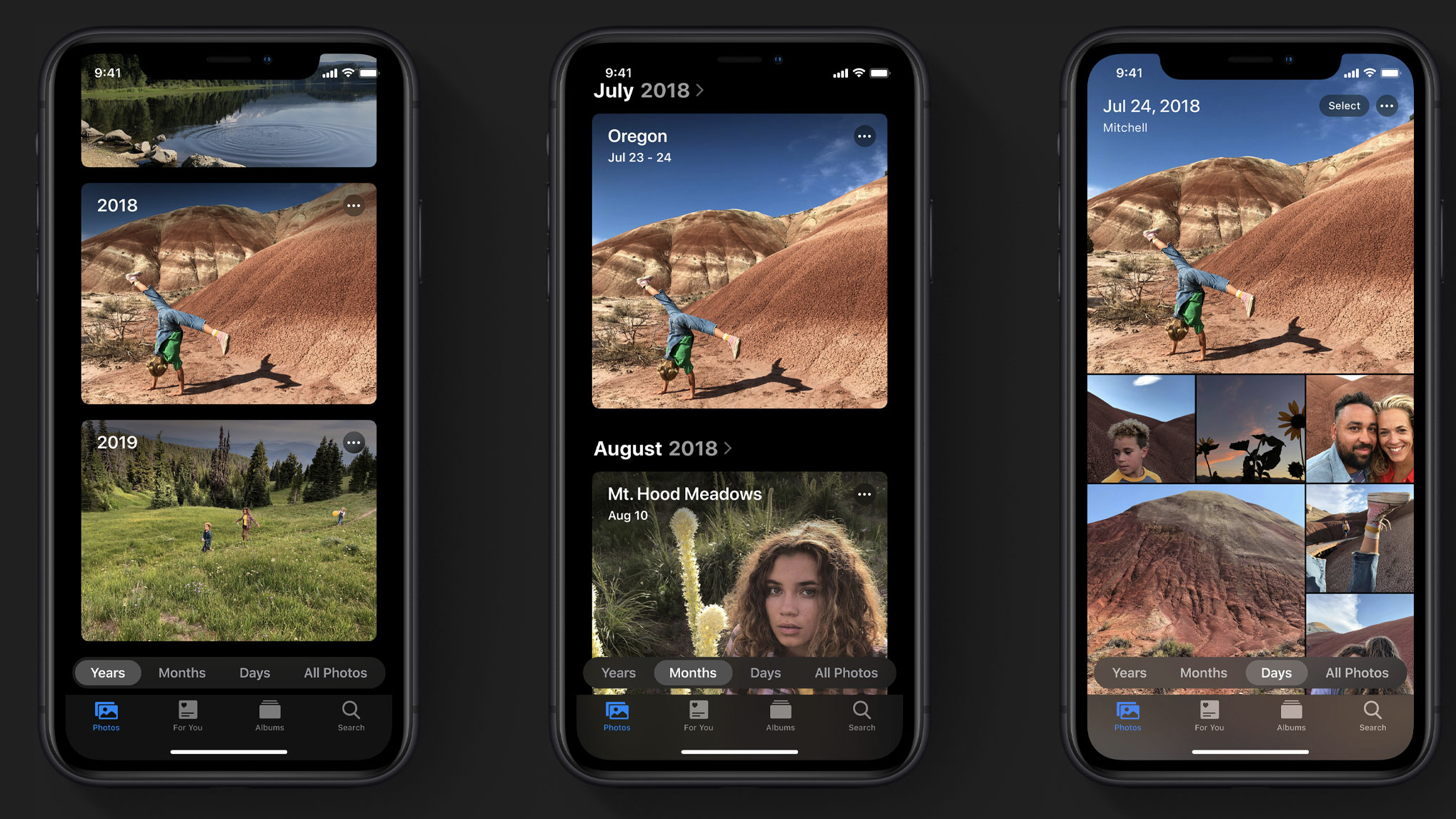
The new Photos tab in the iOS 13 Photos app – Apple sees it as becoming your photo diary (Image credit: Apple)
The Photos gallery is becoming what Apple called “a diary of your life”, with a new tab designed to document your best photos by day, month and year. You’ll also have more pinch controls to zoom in and out of the Photos gallery.
Photo editing is refined with iOS 13, adding adjustment controls and filters, while the video editing portion mirrors this almost entirely: nearly every photo tool and effect – including filters, rotating and cropping – makes it over to video. If you’re not good at tinkering with video, there’ll even be an ‘Auto’ adjustment button.
New Siri voice sounds more natural
A new Siri voice debuts with iOS 13, and it sounds more natural than before – we’ve heard a sample and the tone is the same, but it sounds less robotic.
It uses advanced neural text‑to‑speech technology, according to Apple, and you’ll particularly notice this when Siri says longer phrases, like reading the Apple News aloud or answering knowledge questions.
The timing is good, because Siri can also do a lot more talking if you wear AirPods – Siri can read incoming messages and pipe them through the buds, which is convenient.
One more new Siri perk: your voice assistant on HomePod will understand the voices of the various family members in your home. This should mean, for example, that asking “What’s on my Calendar?” won’t bring up someone else’s irrelevant information.
Memoji gets makeup, Messages gets info sharing
Apple has put more of ‘Me’ in Memoji, allowing one trillion configurations: new hairstyles, headwear, makeup, and piercings to name a few categories. Examples on the WWDC stage showed that these personalized Animoji masks allow for such granular accessory detail as eyeshadow, braces and even AirPods.
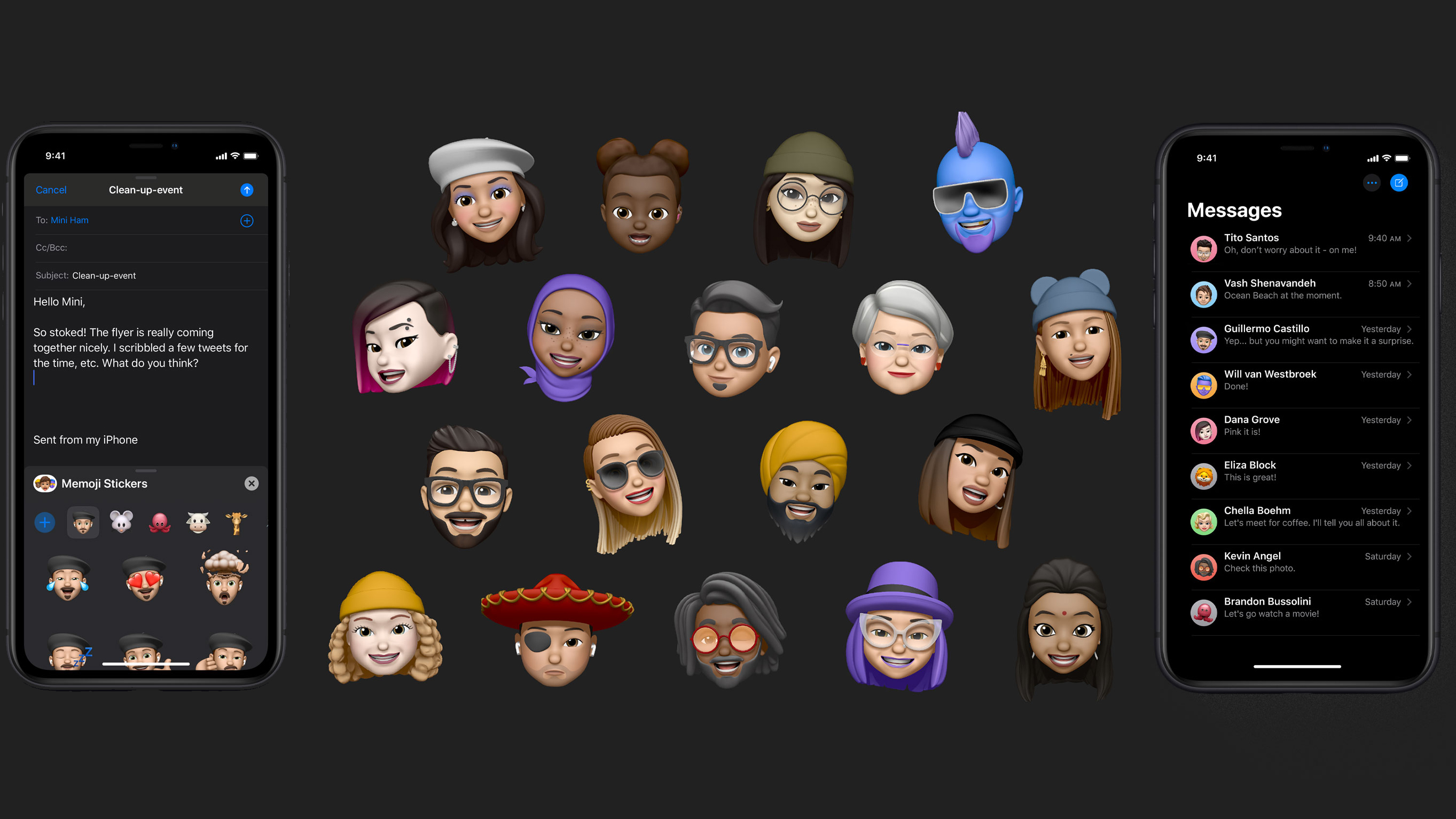
Memoji gets better in year two (Image credit: Apple)
Memoji Stickers are something entirely new – iOS 13 brings more iPhone and iPad users into the Memoji fold, TrueDepth camera or not. You can customize a Memoji and iOS 13 will automatically create a fun-looking sticker pack that lives in a sub-menu on the keyboard, which you can use in Messages, Mail, and third‑party apps.
You can share your personalized Memoji with contacts through iMessages, but only when you grant them access. The same applies to sharing your name and photo with contacts, so you can chose how people see your name, for example. According to Apple, you can decide whether you want your profile shared with everyone, with only your contacts, or just once.
New HomePod features
You might not know this, but the HomePod is part of the iOS family, and it has gotten iOS 13 updates too.
First, you can transfer songs from your iPhone by simply holding your phone closer to the HomePod speaker. Previously, you had to tell Siri to do this, but now this hand-off feature is a bit easier, and you don’t have to talk to do it.
The HomePod also introduce Live Radio – you can ask Siri to play 100,000 stations from all around the world. And HomePod will allow you to recognize who in your family is talking, and personalize the response – great with Apple Music, where selections will be based on your taste and history. It goes beyond Music, Messages, Notes, Reminders, and more.
Sign-in with Apple
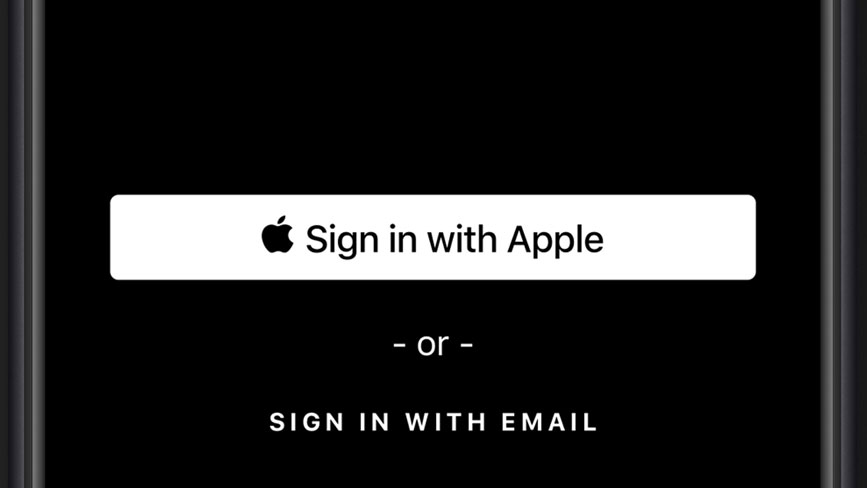
Apple wants app developers and sites to use its sign-in feature, and there are some perks for user privacy, too (Image credit: Apple)
Apple is taking on Facebook Connect, Google and other platforms that allow you to conveniently sign in to third-party accounts. Sign-in with Apple is poised to protect your privacy more than Facebook and Google do.
What’s neat is that if you don’t want to fork over your email to an app developer or website, Apple will create a unique random email for you, and the email will be unique to that site or app.
Maps get revamped
iOS 13 Maps looks a lot better, even if everyone likes to hate on it. Will it ever be better than Google Maps? No, probably not. But for people who want Apple’s pre-loaded maps app on iOS 13, it’s much better.
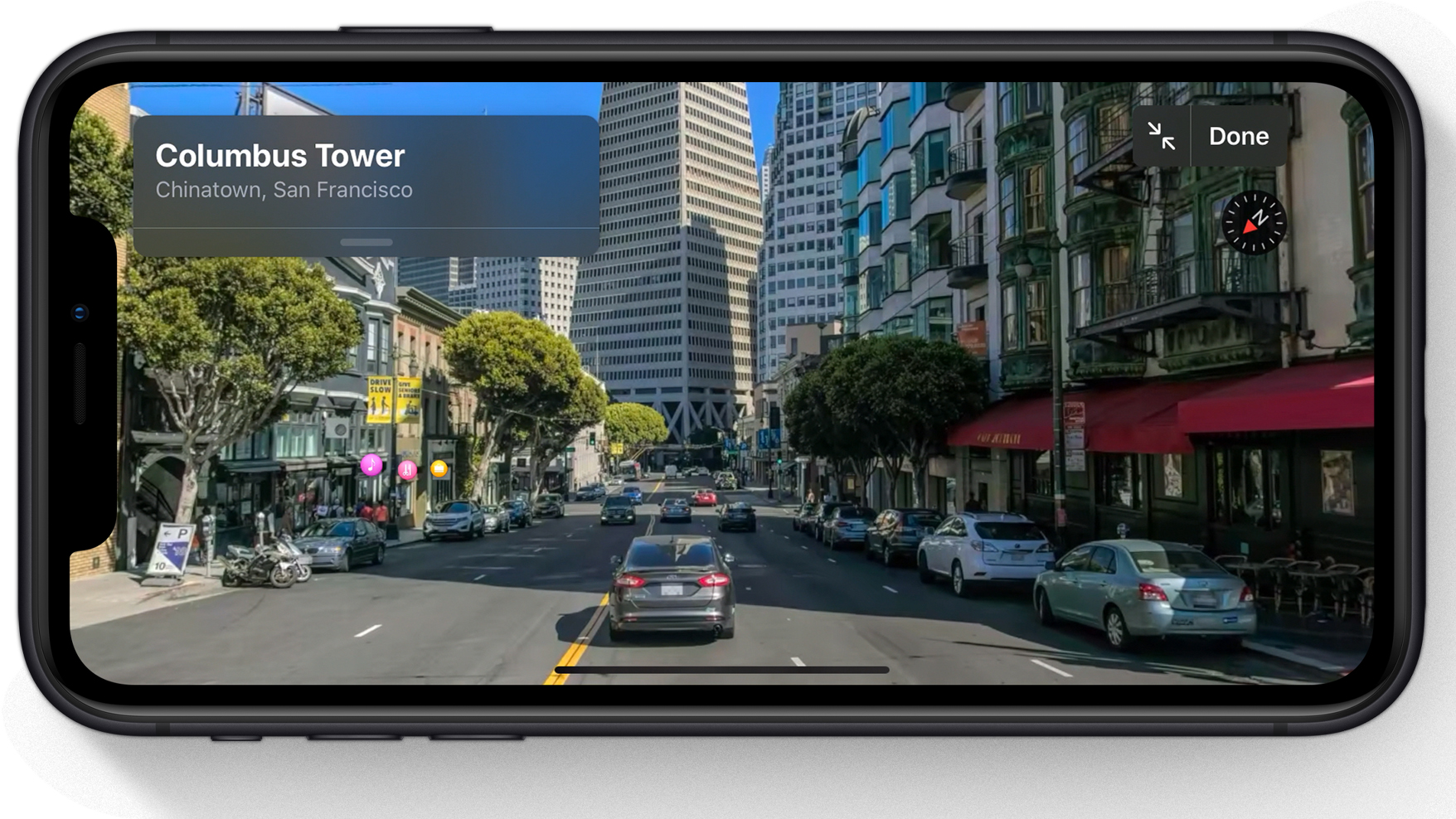
360-degree city tours are coming to Apple Maps (Image credit: Apple)
There’s way more detail here by way of Apple rebuilding maps from the ground up. There’s more realistic detail for roads, beaches, parks, and buildings, and you can now explore cities with a 3D 360-degree experience.
Favorites were a part of Maps before, but iOS 13 makes these saved locations easier to navigate to with one tap – they appear at the very top of a search menu. Sometimes Google Maps on iOS doesn’t get this right (but does better on Android). That’s one reason to keep Apple Maps installed, even if you’re a Google Maps person.
Text formatting in Mail
Mail is getting some changes when it comes to writing out properly formatted email. You’ll have more control over font style, size, color, alignment, indenting and outdenting text, and numbered and bulleted lists.
What we’re really hoping to see one day in iOS 13.1 or iOS 14 is the ability to insert a hyperlink into some text in an email. On both iOS and Android devices, that’s just not possible in their default mail clients (that we’ve seen) – you have to paste long URLs, and that’s not a computer, no matter what you call your operating system.
Connect to Wi-Fi and Bluetooth from Control Center
This is huge – and we’ve been asking for it for several years. You can now select Wi‑Fi networks and Bluetooth accessories right from Control Center.
Android has had this for years, and it was always convenient to connect to new Wi-Fi networks or Bluetooth earbuds without having to navigate away from your current app and dive into five Settings submenus. Apple is finally coming around in iOS 13.
Xbox One and PS4 game controller support
If you’re going to play games on your phone, you might as well do it with one of the two best controllers available (and maybe something you already own).
Enter PS4 and Xbox One game controller support for iOS 13. Apple didn’t say if all games will support this or if it’ll be limited to Apple Arcade, but whatever the case may be, we’re happy to be able to put our PS4 controller to use everywhere we roam.
Silence Unknown Calls
Nuisance SPAM calls drive us crazy every day, and iOS 13 wants to fix the issue with the help of Siri, which scans your Contacts, Mail and Messages to see if you’ve previously been in contact with the caller.
Silence Unknown Calls sounds fairly smart, if you’re not expecting business numbers cold-calling you for work. Those that do call you and aren’t on your personal ‘VIP list’ will go straight to voicemail.
Source:: TechRadar Portable Devices











